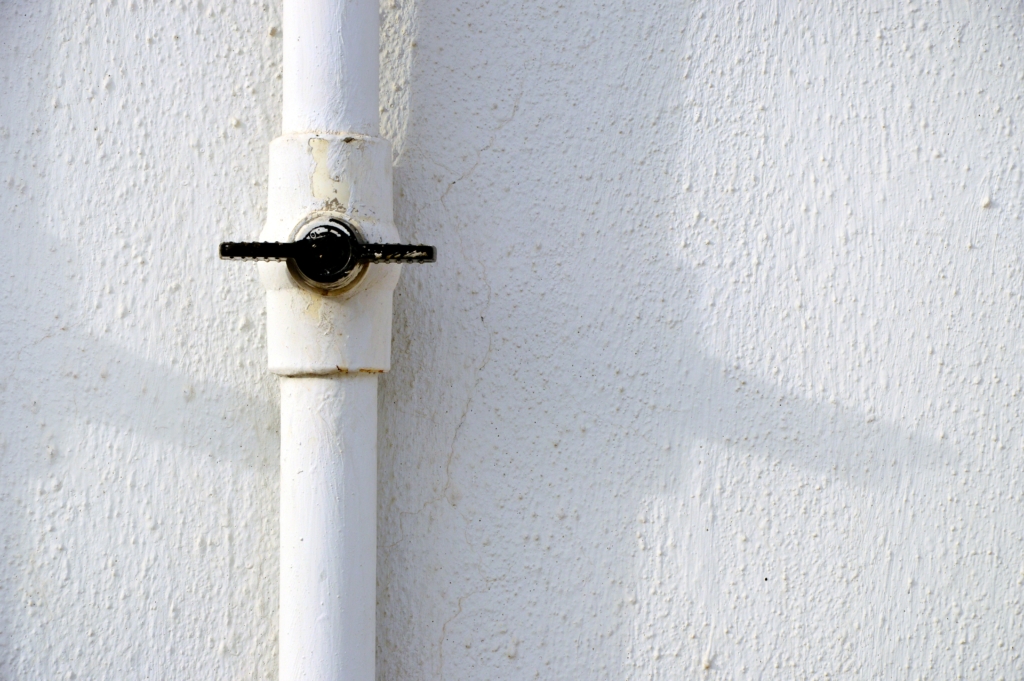Your building’s pipes and plumbing are an integral, but often silent, part of your business functioning. This building maintenance can be overlooked, which can lead to major issues. However, keeping an eye out for the smaller cues or scheduling routine utility inspections can save your business from having bigger problems down the road. This is especially true if your building is over four decades old. All pipes wear down over time, but the materials of older buildings degrade even faster. To help things run smoothly and to help us provide the best service, we use multiple methods for your utility inspection needs.
Utility Inspection for Contracting
To find any potential issues, utility contracting inspections are used. This shows the extent of any problems by collecting video. The video lets both you and the technicians at Advanced Pipe Repair know if the problem is due to a pipe that has burst, cracked or rusted. It will also show if there is any root damage. Technicians can determine the extent of damage after this inspection. They can also decide whether CIPP is the right choice for repair. While CIPP is the ideal choice for the majority of scenarios, it may not work for scenarios such as a pipe that has burst in multiple locations.
Cross Bore Inspections
While some inspections are preventative, cross bore inspections are necessary for everyone’s safety. Beneath every building is a network of pipes, both natural gas and sewage, and communication cables. A cross bore happens when a new line drills through an existing one. If this happens, it can result in a leak of harmful substances and even an explosion if certain substances are wrongly combined.
Large Diameter Pipe Inspection
Large diameter pipes pose a special type of problem when it comes to utility inspections. For trenchless technology, cameras visually inspect the pipes. These cameras move through the system and inspect any flaws. The conventional method uses a “push camera.” These work well for small- or medium-sized pipes, but do not have the strength to handle large diameter pipes. The best solution for this uses a lateral launching robot. The robots are built to handle larger diameters. They produce the amount of light needed to clearly see the space on video. They can also be deployed into large diameter pipes and down manholes.
Post-Installation Video Inspection
Because CIPP technology is trenchless, you cannot physically see most of the work done like you can when the ground opens. In its place, push cameras and laterally launching robots explore your entire pipe system to show you detailed video footage of the completed work. After the pipework is complete, a post-installation video inspection is the final quality check.
At Advanced Pipe Repair, we aim to place the best quality CIPP without issue. These inspections ensure that your repair is conducted correctly. Contact us today to schedule a no-obligation quote.

